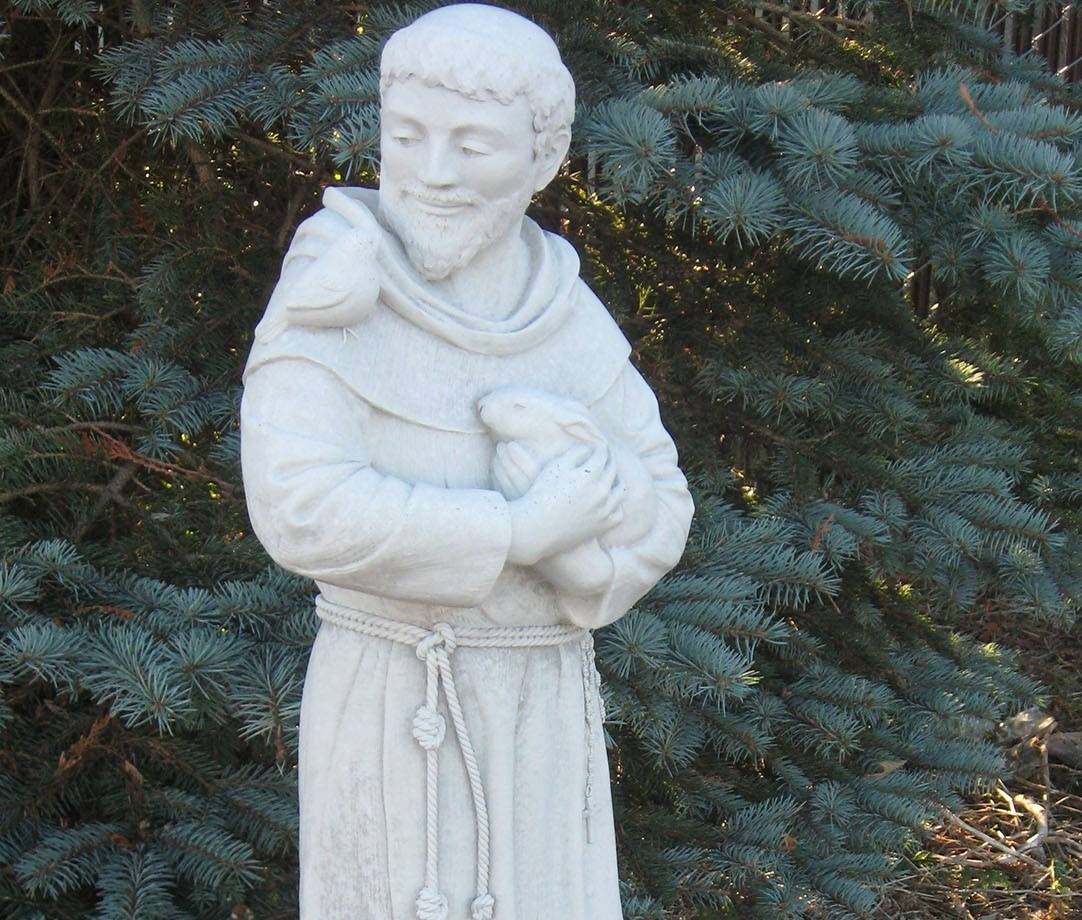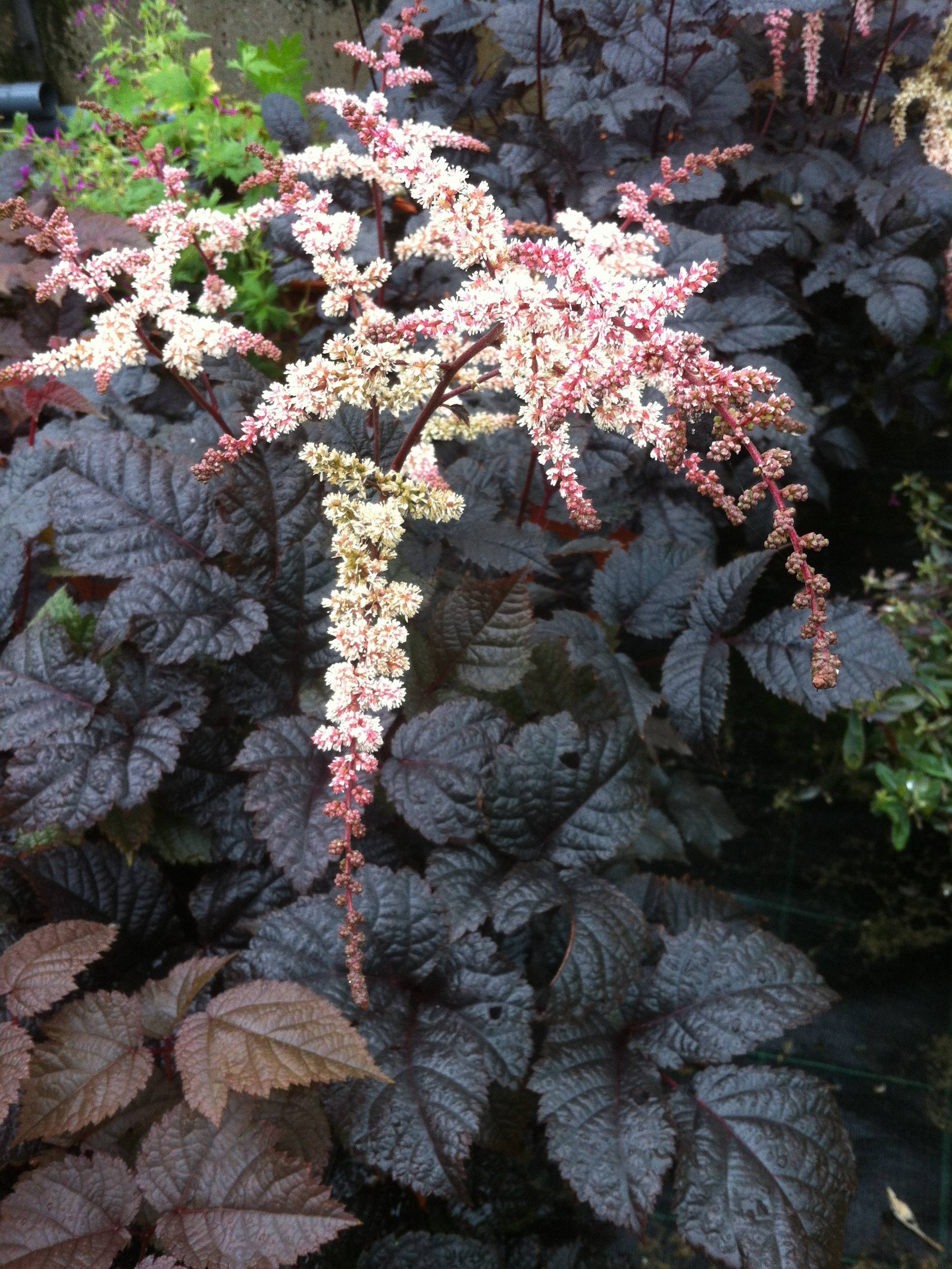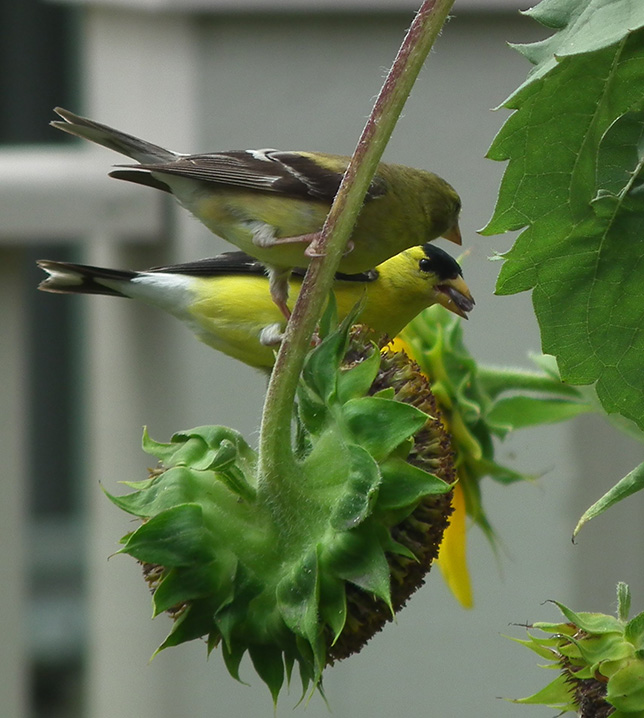A garden is an amazing thing. It can provide us with food, provide habitat for wildlife, or simply add beauty and value to our home. But a garden can also transcend the mere material benefits, imbuing our spirit with peace and hope. In times of grief, the soothing properties of a memorial garden can help us heal.
The Memorial Garden: Remember a loved one and heal the soul
Many find the process of gardening itself therapeutic, as it offers a distraction from negative thought patterns while providing motivation and focus. When a loved one (two-legged or four-legged) passes, we may need a space that offers us peace and comfort, and positive reminders of the good times. You can create such a place with a memorial garden, whether to help you through the grieving process, to leave a lasting tribute to your loved one, or both.
Creating a Memorial Garden
- Design elements for a memorial garden that induce calm and quiet reflection include flowing lines, rounded shapes, water sounds, and a minimal color palette. Include a few bright spots of color to cheer you--think a burst of yellow surrounded by shades of green in various textures. Shadier spots lend themselves well to this type of garden.
- If you prefer to make your tribute a colorful celebration, you may do well to choose a sunnier location where more types of intensely hued flowers will thrive. Low-maintenance perennials such as flowering natives and succulents will lessen upkeep. You may even be able to work initials or a heart into your memorial garden design using small, low-growing succulents or groundcovers.
- Pieces that add gentle sounds and movement will enhance the serene and meditative qualities of your memorial garden. Consider a fountain, wind chime, or elegant kinetic spinner.
- Angels, cherubs, fairies, and Buddhas are popular statuary choices. Military and team mascot pieces can also be found. Figures representing a favorite animal, sport, or hobby may also create a meaningful presence in your memorial garden.
- Saint Francis, the patron saint of animals, would be an appropriate choice for a pet memorial. Also available are engraved garden stones for a beloved pet. A splendid tribute to a specific breed of dog can be made with a topiary frame.
In my own garden, having a special light at night has been profoundly comforting. Whether while sitting in the memorial area, or when seen from the house, the light makes me feel as if my loved one and I are both watching out for each other. Those connections are essential to the memorial garden and its capacity to aid the grieving process.
Special Meanings of Plants and Flowers:
Angelica: inspiration
Arborvitae: everlasting friendship
Aster: love, cheefulness in old age
Baby's Breath: innocence
Lemon Balm: sympathy
Bellflower: unwavering love
Black Eyed Susan: justice
Camellia: constancy
Carnation, pink: a mother's love
Coreopsis: always cheerful
Dogwood: honesty
Juniper: protection
Lavender: love, devotion, loyalty
Lily: affection
Lily of the Valley: humility
Mint: virtue
Pansy: remembrance
Phlox: harmony, united souls
Primrose: eternal love, childhood
Rosemary: remembrance
Sage: wisdom
Speedwell: kindess, protection
Zinnia: thinking of you, remembering absent friends

Below: Placing small stones with messages to your loved one can be helpful in dealing with grief, especially with children. Photo courtesy Antranias on Pixabay.

Below: A watchful angel can be a comforting presence in a memorial garden.
Below: A memorial garden for a cherished pet might include special thoughts on a stone in honor of the pet.
Below: A solar light or lantern illuminates the memorial garden all through the night
Special Tips for Memorial Gardens:
- Provide small river rocks and permanent markers to guests at memorial services. Ask them to write the one word that most comes to mind when they think of the loved one. The stones can then be placed in the garden as a permanent reminder of what that person meant to others, and as an inspiration to all who visit the garden. Stones can be spray painted before personalizing for a more colorful display, and clear-coated afterward for durability.
- If the loved one had their own garden, you may be able to transplant some perennials to your memorial garden, or simply collect seeds or take cuttings. If they were not a gardener but had a favorite flower, such as sunflowers or daisies, you can grow those specific plants, or perhaps fill your memorial garden with flowers in their favorite color.
- To help children deal with their loss, add a few concrete stepping stones on which they can place chalk messages or drawings for their loved one. Messages to loved ones can be placed in colorful glass bottles placed throughout the garden, on a bottle tree, or hung from tree branches.
- One can often find plants with names that are meaningful, perhaps connected with a favorite interest, hobby, or place. For instance, Jazz Hands®Loropetalum, Daytona Heat™ "Petty Blue" Vitex, or "Paris in Pink" Hellebore.
- Items belonging to the loved one may be included in the garden: a bowling ball as a garden sphere; a tennis racket or golf club as a support for flowering vines; a kitchen colander, boot, or tackle box becomes a planter; teacups, saucers, other glassware can be transformed into garden art stakes or bird feeders. A pet's water or food dish can be fashioned into a small bird bath, feeder, or planter to place in the garden.
- With a little imagination, the possibilities are limitless, and these small touches will create a meaningful and comforting place where you can feel closer to those you love, keeping their memory alive in your heart.
We know that nature provides a healing environment. In times of stress, working with or being surrounded by plants and flowers can help us cope. As part of coping with loss, remembering the positive influence of a loved one on the world and maximizing the connection between two souls can ease the pain. Creating a memorial garden is more than just good therapy, it is a lasting tribute to love, faith, and ultimately, the resilience of the human spirit.








